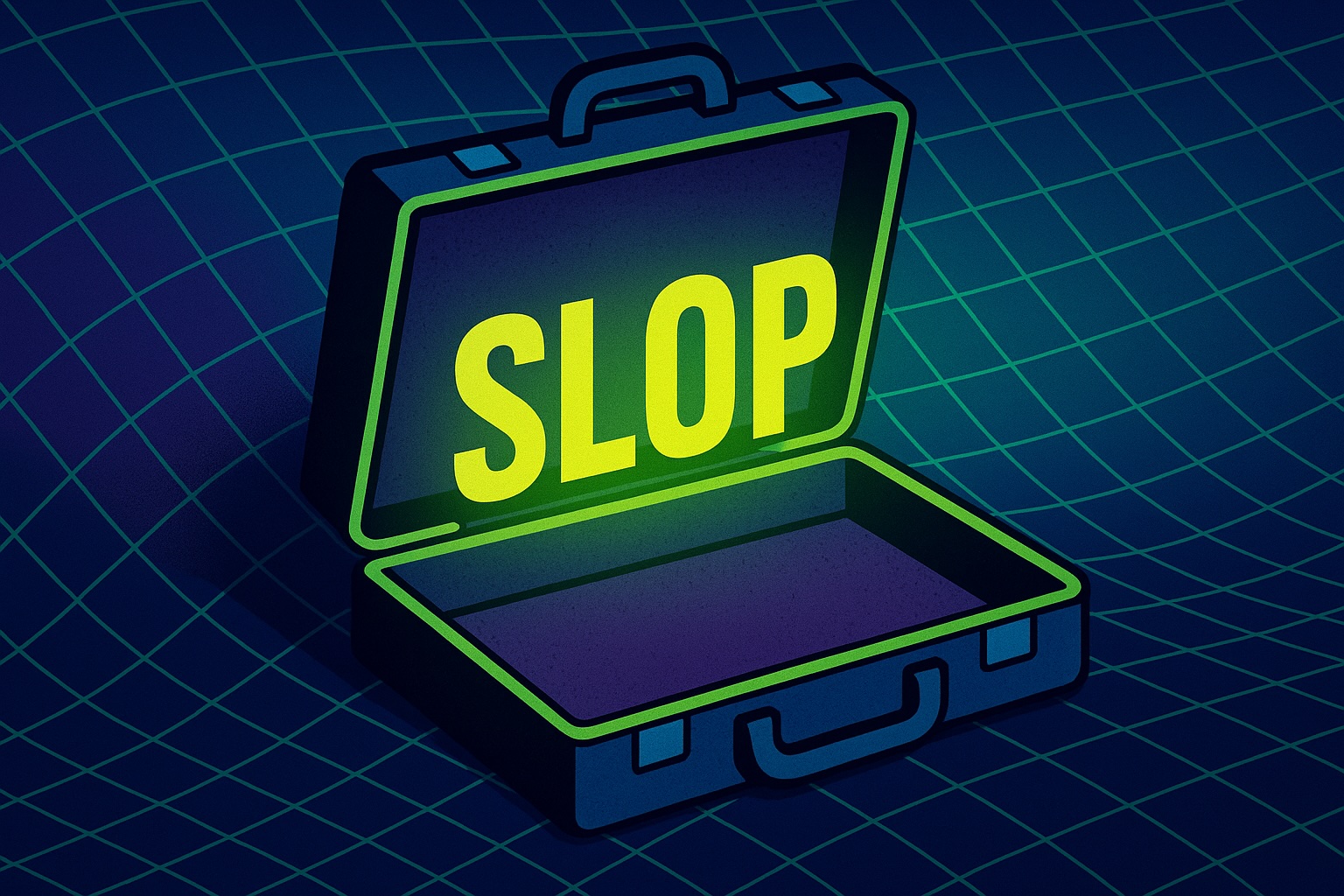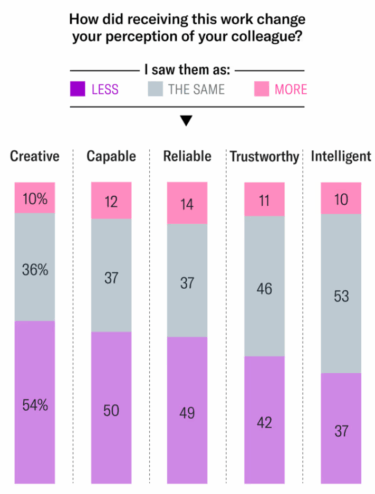AI-generated "workslop" is costing companies millions and hurting team morale, study finds

Key Points
- A survey by BetterUp Labs and the Stanford Social Media Lab found that 40 percent of US employees regularly receive shallow, low-value AI-generated content—called "workslop"—from colleagues, which erodes team trust and creates hidden costs.
- Employees spend nearly two hours per "workslop" incident, translating to an "invisible tax" of $186 per month per person, with large companies potentially losing over nine million dollars in productivity each year.
- The study distinguishes "pilots," who use AI creatively and responsibly, from "passengers," who rely on AI to avoid work, and urges companies to set clear guidelines for AI use to address quality and trust concerns.
AI-generated "workslop" is quietly draining millions from companies and damaging team morale, according to a new study from BetterUp Labs and the Stanford Social Media Lab.
In their research, the authors describe a growing problem: employees flooding each other with low-value, meaningless AI-generated content, which they call "workslop." In a survey of 1,150 full-time US workers, respondents estimated that 15.4 percent of all work content they receive fits this description.
According to the study, most of this workslop comes from coworkers (40 percent), but it also moves up from staff to managers (18 percent) and down from managers to staff (16 percent). Respondents working in professional services and tech said they encounter it even more frequently.
A hidden $186-per-month "AI tax"
The researchers say the costs add up quickly. Survey participants reported spending nearly two hours on each workslop incident. Using these responses, the authors calculated what they call an "invisible tax" of $186 per employee every month. For a company with 10,000 workers, the study estimates more than $9 million in lost productivity each year.
The emotional impact is significant, according to the report. More than half of respondents (53 percent) said workslop annoys them, 38 percent reported feeling confused, and 22 percent said they felt offended. About half rated colleagues who send workslop as less creative, capable, or reliable, and 42 percent said they trust those coworkers less.

Workplace relationships take a hit as well. One in three survey participants said they want to work less with colleagues who send workslop, and 34 percent said they reported these incidents to teammates or supervisors.
"Pilots" vs. "passengers": How people use AI at work
The researchers identified two main types of AI users. According to the study, "pilots" are proactive and optimistic, using AI 75 percent more often at work, mostly to boost creativity. Nearly all pilots (95 percent) also use AI outside of work. "Passengers," on the other hand, mainly use AI to avoid work.
Based on these patterns, the authors advise against blanket AI mandates. Instead, they recommend that managers set clear guidelines and treat AI as a collaborative tool, holding both AI-generated and human work to the same standards.
While a Danish study of 25,000 employees found that AI hasn't meaningfully changed wages or hours, other research points to bigger shifts. According to Anthropic's first AI Labor Market Index, 36 percent of all jobs already use AI for at least a quarter of their tasks, with 57 percent of usage focused on support roles and 43 percent on automation. A separate Stanford study found that employment for 22- to 25-year-olds in AI-exposed jobs dropped by 13 percent since late 2022, even as employment for more experienced workers stayed flat.
AI News Without the Hype – Curated by Humans
As a THE DECODER subscriber, you get ad-free reading, our weekly AI newsletter, the exclusive "AI Radar" Frontier Report 6× per year, access to comments, and our complete archive.
Subscribe now